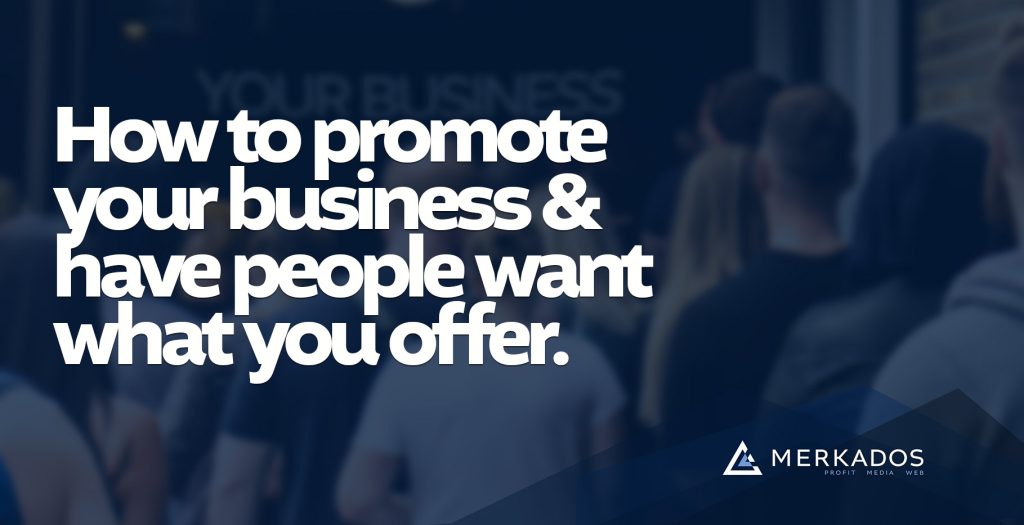People are unsatisfied creatures. We want _______.
We want what we don’t have. If people were happy with what they had, we would all have nothing. Nobody would want more than absolutely nothing.
Look at children. They play, and almost immediately, when they see a toy, they want it. It is part of our makeup; we are hard-wired to want, and when we get what we want, our brains reward us, making us more “willing” to pursue the fulfillment of our wants. Why? We want to fulfill that reward.
That is why it is so important for us to “control” what we want; if we end up wanting the wrong things in life, we may have a difficult time breaking free of the cycle of:
- Wanting it
- Pursuing it.
- Getting it.
- Getting rewarded.
- and therefore wanting it even more, which reinforces the cycle.
All of this is controlled by our system of pain and pleasure. We move away from pain and toward pleasure. We’ll do almost anything to avoid pain, and with less intensity, we tend to move towards pleasure.
How does this relate to marketing?
When you are trying to offer a product or a service to someone, the product or service itself is not generally wanted. What people want is the outcome that the product promises. For example, people don’t really want a new roof; the reason they would buy one is because they want proper protection for themselves and their things at home. People don’t want a new A/C unit. The actual thing I want is comfort. Heat or cold can become incredibly uncomfortable, and we therefore want to avoid feeling that. A person rarely wants to board an airplane, walk through airports, and fly 5000 miles to a remote destination in a small seat next to smelly passengers. In reality, what they want is the potential pleasure associated with a vacation: resting, experiencing something new and exciting, doing something different, changing the routine, etc.
So in order to promote a product or service to a group of people, we must ask how we go about the communication. The content of the communication and the approach to the conversation itself
When people don’t want what you offer.
For some businesses, people already want what is offered. They already know the brand, and they immediately think of it when they have that need—think of Apple and the iPhone. But for the vast majority of businesses, that is not the case.
Have you ever received a phone call from a telemarketer? I am certain you have.And if you are like most people, you are incredibly annoyed by it. The person (or the robot) on the phone just managed to interrupt your life and ask you, “Are you interested in extending your car warranty?” The answer is usually no (followed by a click, then tuu-tuu-tuu-tuu).
People don’t want to be sold things, especially when interrupted. People are always doing something else with their attention, and so business communication almost always interrupts. So how do you do it?
One of the keys is that people are used to being interrupted. Our brains are constantly gathering meaning from our experiences and discarding anything that is irrelevant. Anything we find that doesn’t help or give us something, we immediately make invisible. In essence, it is through relevance and curiosity that we can prevent our messaging from becoming invisible.

How do we use relevance and curiosity for our business?
When we put our message in front of the right audience, it makes the biggest difference in the world. For example, if you sell gasoline and you advertise that to the person who just hit their last gallon of gas in their car, they will be delighted. You probably don’t have to say much. They are sold. Their need matches your solution like a glove and a hand.
It is imperative in marketing to carefully identify who your target audience is and, most importantly, why your solution is needed in the first place. Then simply putting your message in front of the people who need it and are aware of that need should work really well.
But what if the person is not aware of their need? For example, what if the person running out of gas doesn’t have a working gauge? They effectively don’t know they are running out of gas. That’s where you must communicate creatively in order to activate their curiosity.
Curiosity in this context is when a person is exposed to a message and moves forward rather than away from it. In our example, you could show a billboard ad that says: “Running out of gas here means walking at least 10 miles.” In essence, you are highlighting the pain they could encounter and therefore want to avoid…
In summary: First, don’t focus on communicating your product or service; instead, focus on communicating the pleasure the person will gain or the pain they’ll avoid with your solution. Second, do your best to put your message in front of people who have the problem or need. Finally, use curiosity to your advantage. By having a clear, concise message that moves people forward, you’ll eventually have a better outcome.
What Merkados does
If you are a business owner, you know how important it is to use digital media marketing. If you don’t, you may be swimming against the current.
Since traditional marketing doesn’t work as well as before, you must come up with new strategies to communicate and sell your products and services. And coming up with such strategies doesn’t have to be a hit-and-miss process, throwing thousands of dollars down the drain and wasting valuable time. Contact MerkadosTM today to learn more about the kind of marketing that will take your business to new heights!
